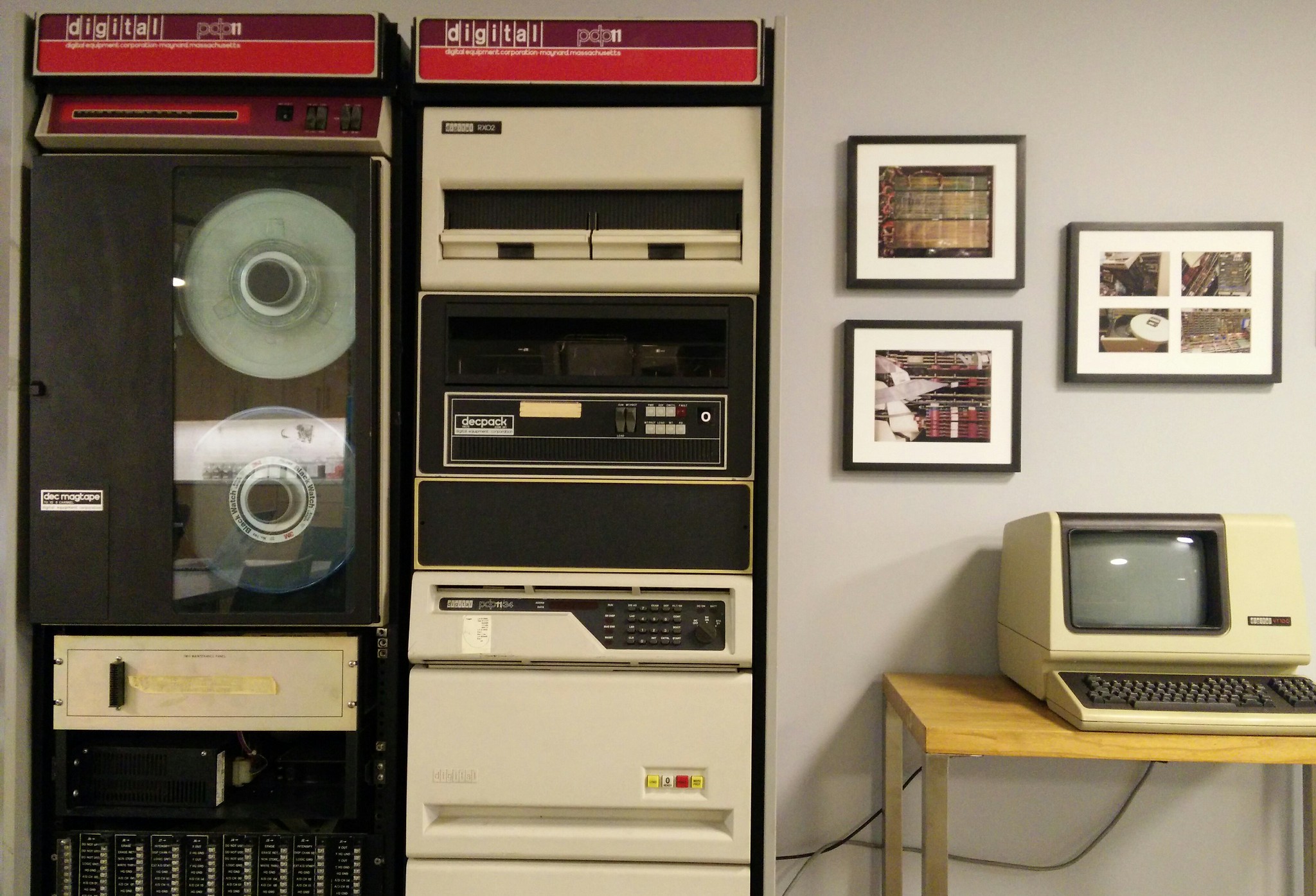Follow
@kenshirriff is the EEPROM why it is so expensive? OTP Paduak chips are 2.5 cents in 10k quantities, which also includes the package: https://www.lcsc.com/product-detail/Microcontroller-Units-MCUs-MPUs-SOCs_PADAUK-Tech-PMS150C-S08_C129127.html
